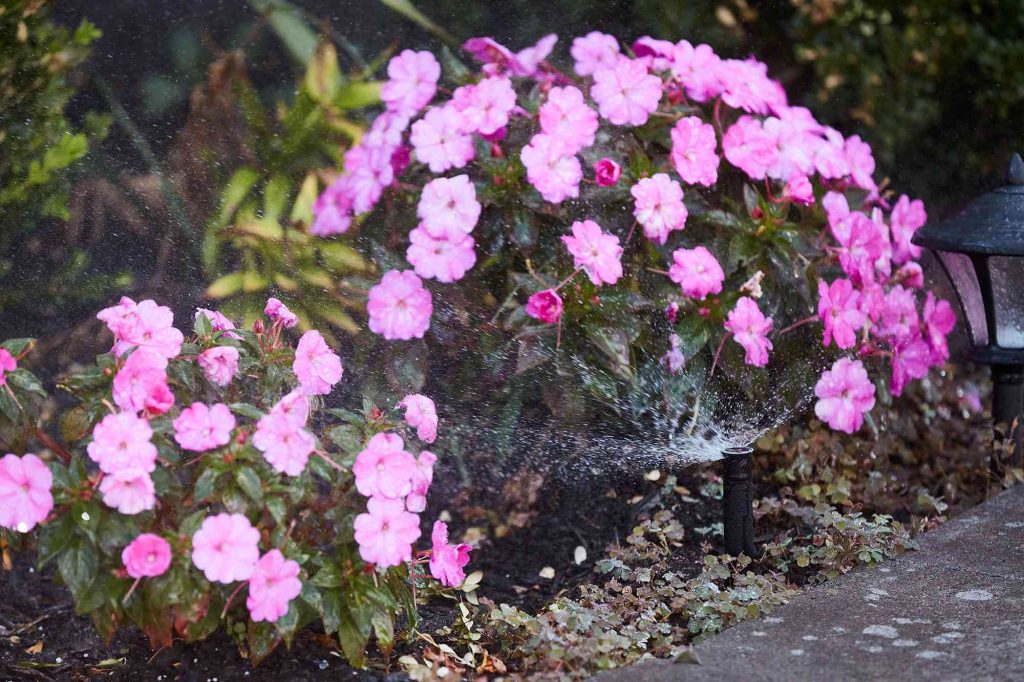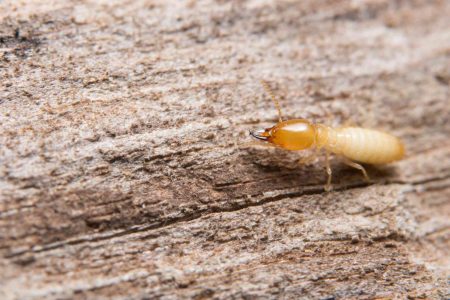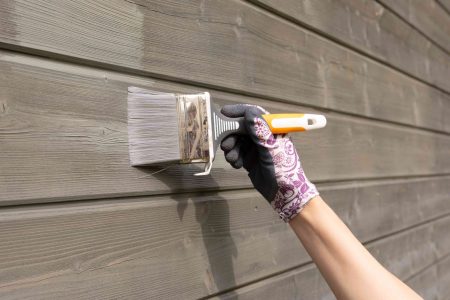A pressure vacuum breaker (PVB) is a standard fitting on irrigation systems, as well as in many other applications. The device is designed to sense backward suction (a pressure vacuum) in the lines and then introduce air into the system to prevent contaminated water from being drawn back into the fresh water supply. Because it’s an important component of an irrigation system, you must make sure it is operating correctly.
Replacing a pressure vacuum breaker may become necessary when the brass components break or when it needs a repair and you can’t find replacement parts. Changing a pressure vacuum breaker usually consists of cutting some PVC pipe, removing the old breaker, and installing a new one. A pressure vacuum breaker is meant to be installed at a height of at least 12 inches above the highest sprinkler head or outlet. Keep this height in mind when making repairs.
If you happen to have union couplings that join the PVB to the irrigation lines, then it will make replacing the breaker much easier. If not, it is a good idea to install the union fittings while replacing the breaker. If you live in a cold climate where freezing is normal in the winter, then you know the toll that winters can take on a pressure vacuum breaker. Removing your PVB in the winter and storing it somewhere warm is often the best plan for protecting it from freezing. An alternative is to have the vacuum breaker drained down when the sprinkler system is winterized, then insulating the breaker. Here is how to replace a pressure-vacuum breaker in a PVC irrigation system.
Before You Begin
Look at the old pressure vacuum breaker and see how it is laid out before you go to the store. See how much pipe you have to play with and determine if you have room for unions if you plan to add them. Most importantly, determine the size of the pressure vacuum breaker (this should be printed on the side) and the size of the pipe (the sizes don’t always match). If you are confused about any parts, take a picture with your phone or camera and bring it into the home improvement store or irrigation store for reference. If necessary, buy whatever male adapters, 90-degree elbows, unions, couplings, pipe, plumber’s tape, glue, and primer are necessary.
What You’ll Need
Equipment / Tools
- PVC pipe cutters
Materials
The quantity of the items needed depends upon your particular irrigation system configuration.
- Male adapters
- 90-degree elbows
- Unions
- Couplings
- Pipe
- Plumber’s tape
- Plumber’s glue
- Plumbing primer
- Pressure-vacuum breaker
- Pipe-joint compound
- Solvent-glue fittings
Instructions
-
Shut the Water Off
Make sure the water is off to the pressure vacuum breaker before you do any cutting or removing. In colder climates, there is usually a stop-and-waste valve in the ground that controls the water to the PVB. Or you can always shut off the water at the water meter.
-
Cut the Pipe and Remove the Old Pressure Vacuum Breaker
PVC pipe cutters (or any type of saw) work well because PVC is so soft. Make sure to cut it where it is easiest for you to do the work and where you will have enough space to add unions.
-
Install the Adapters
It is easiest to prepare the pressure vacuum breaker by installing male adapters, which will make it easier to align the parts. Use plumber’s tape and a little pipe joint compound on the threads before screwing the male adapters into the female sockets on the brass breaker.
-
Attach the New Pressure Vacuum Breaker Assembly to the Irrigation Pipes
Use solvent-glue union fittings to attach the ends of the male adapters to the existing irrigation pipes. Some glues take longer than others to dry, so read the instructions carefully and allow the necessary drying time. If you dry-fitted any fittings, make sure you have now glued all the joints. It is a common mistake to miss a joint or two when it comes time to permanently glue them.
-
Turn the Water On
Turn the valves on one at a time at the pressure vacuum breaker. Check for any leaks.
Read the full article here














